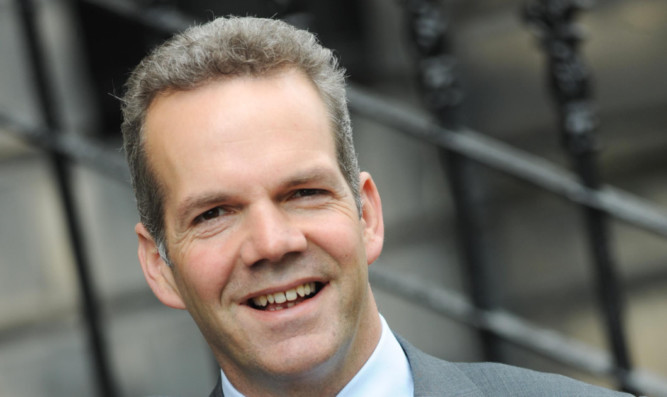Improving Scotland’s digital infrastructure and developing creative financing models have been placed at the heart of the Scottish Futures Trust’s new five-year plan.
The company, which is wholly owned by Scottish Ministers, will today outline its strategy to help drive infrastructure investment north of the borer.
It said it secured £640 million in benefits in its first five years of focusing on delivery of investment in schools, hospitals and roads.
SFT said the next five years would see it “challenge the status quo” of conventional infrastructure investment and instead devise more commercially attractive programmes.
Key priorities will include implementing its growth accelerator model across Scotland’s cities to bring forward public and private-sector investment, driving ultrafast broadband capacity, and developing new low-carbon work streams including quadrupling investment in energy-efficient LED lighting.
“SFT’s ability to deliver in these new areas of work is based on a clear focus on driving innovative infrastructure investment programmes across Scotland,” SFT chairman Sir Angus Grossart said.
In turn, this new economic growth programme had been developed by SFT to form the basis of the ground-breaking growth accelerator model being implemented with Scottish city partners to release substantial levels of private investment to leverage future growth.
Barry White, SFT’s chief executive, said the five-year plan was designed to deliver the world-class infrastructure Scotland needed to grow economically.
“With that clear focus, we will continue to provide innovative economic infrastructure investment models to stimulate additional private-sector investment, accelerate economic growth and create jobs,” he said.
“That is the bedrock of SFT’s ongoing work. We have built a strong, talented team from both the private and public sector.
“Commercial expertise will continue to be at the heart of SFT’s continued success. SFT will adapt and deploy the talents of our team to where they can make a real difference. We will take bold action in collaboration with our partners across Scotland to challenge the status quo, creating and driving forward new and ambitious ways of doing things.”
